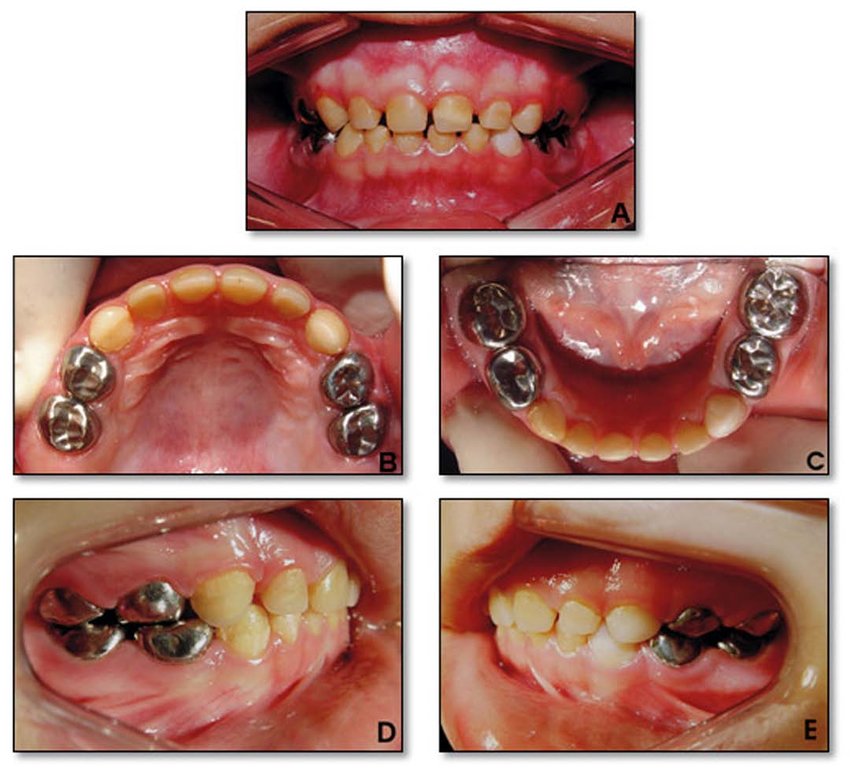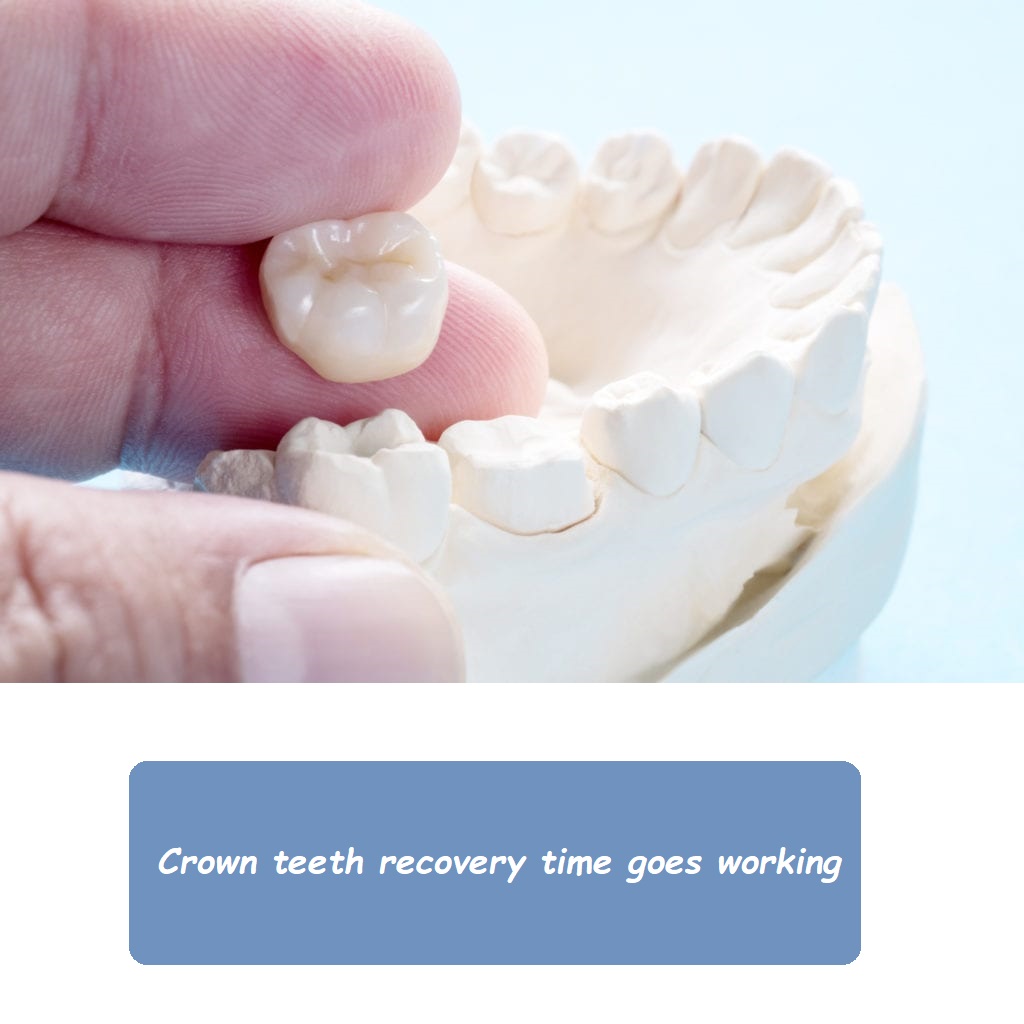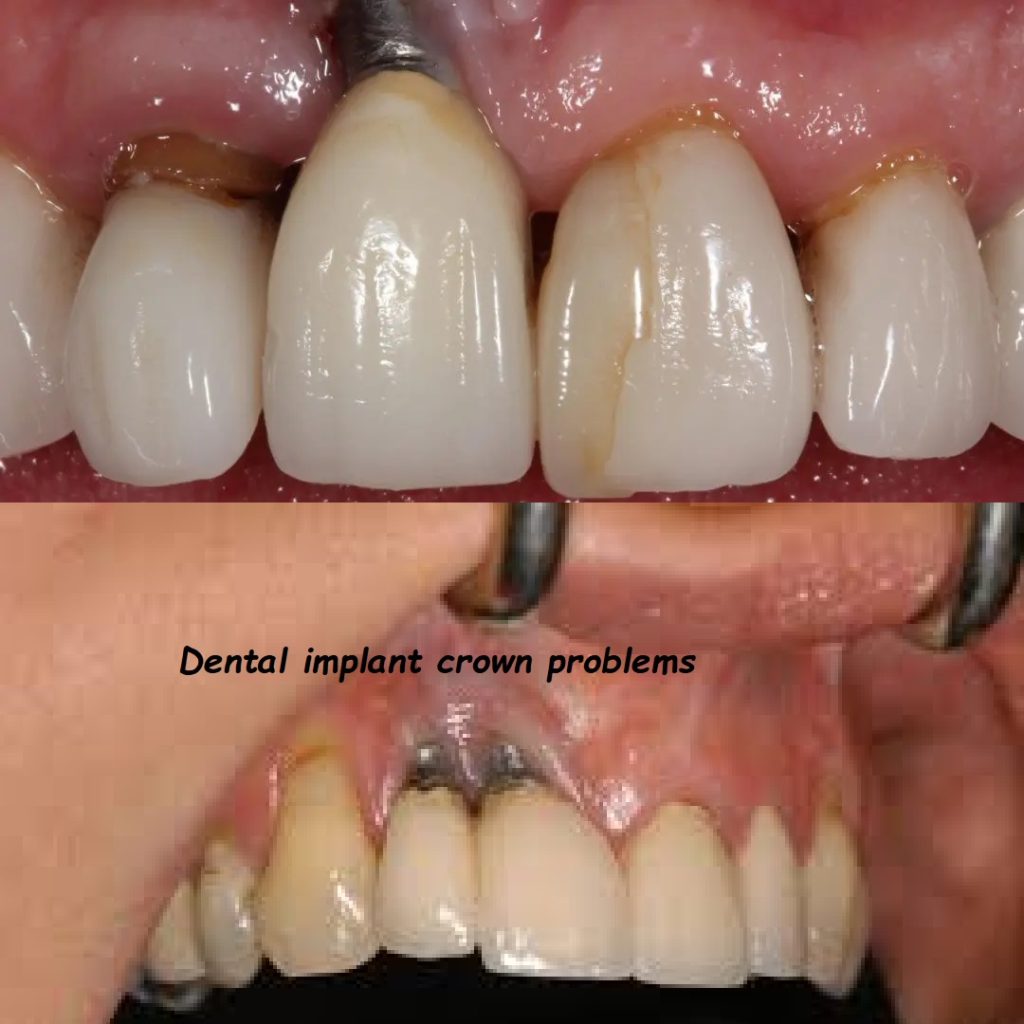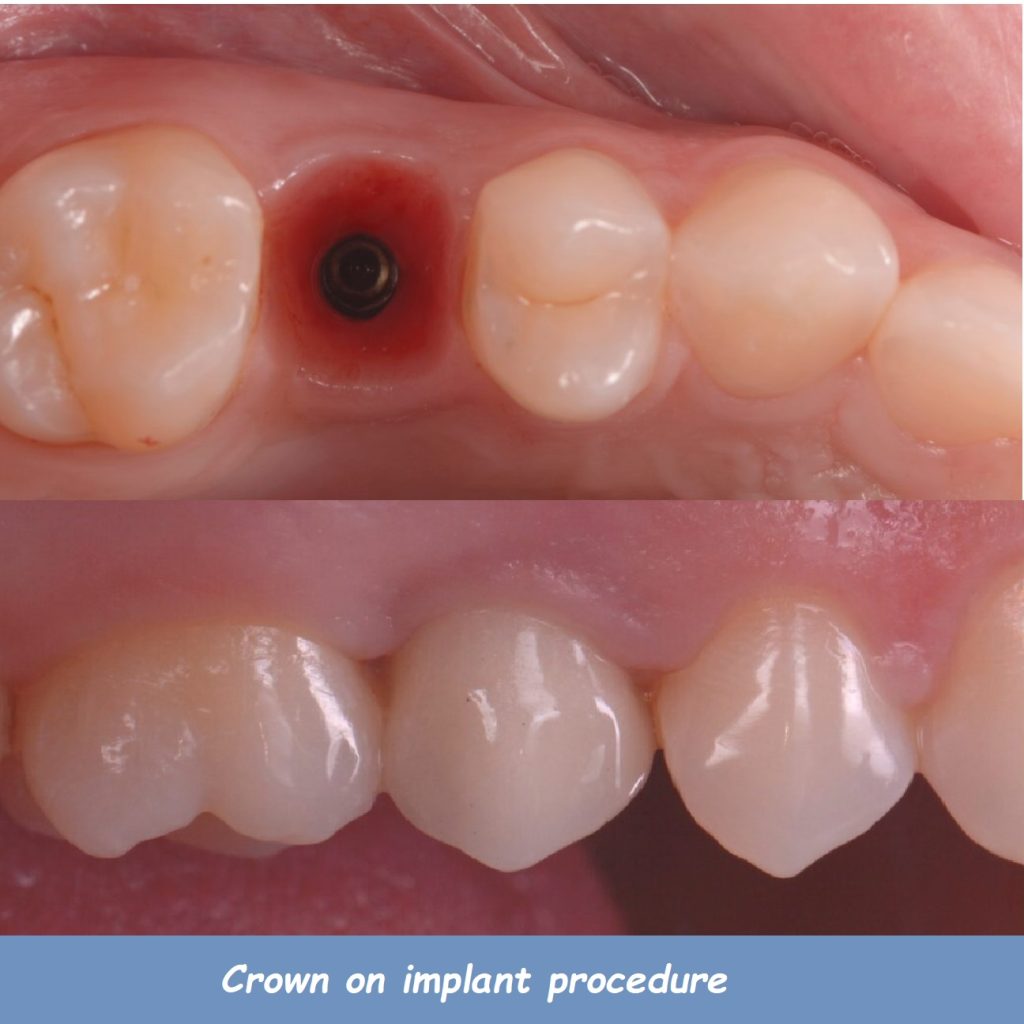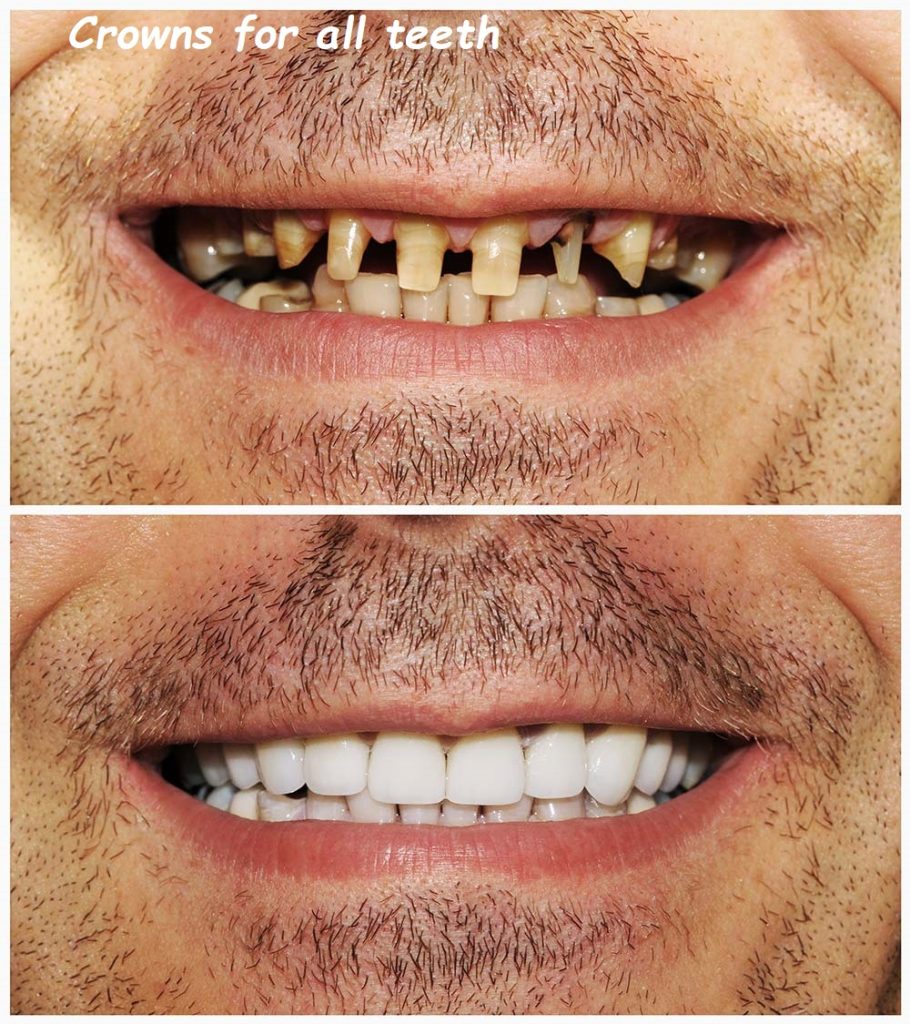tooth overlay vs crown
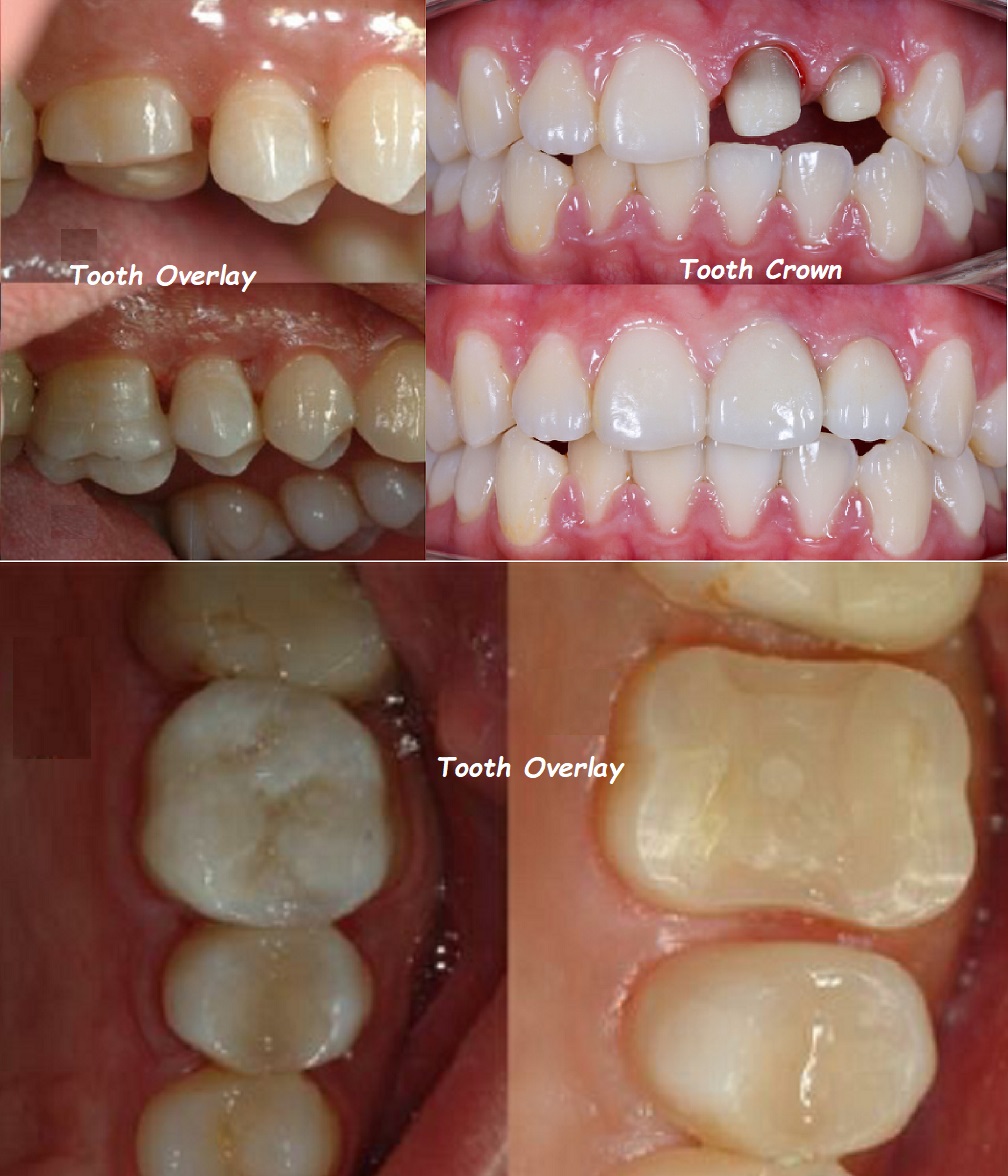
Tooth Overlay vs. Crown: Understanding the Differences and Choosing the Right Treatment
When it comes to restoring damaged or decayed teeth, dental professionals have several options at their disposal, including tooth overlays and crowns. Both of these treatments can effectively restore the function and appearance of a compromised tooth, but they serve different purposes and are used in different situations. Understanding the differences between a tooth overlay and a crown can help you make an informed decision about which treatment is best for your dental needs. In this guide, we’ll explore what tooth overlays and crowns are, how they differ, and the factors that can help you and your dentist choose the right option for your smile.
What Is a Tooth Overlay?
A tooth overlay, also known as an onlay, is a type of dental restoration that covers one or more cusps (the pointed parts) of a tooth. Overlays are typically made from porcelain, composite resin, or gold, and are custom-made to fit your tooth precisely. They are often used to restore teeth that have suffered moderate damage or decay but still have enough healthy tooth structure remaining.
When Is a Tooth Overlay Used?
Tooth overlays are ideal for situations where a filling would not be sufficient, but a full crown is not necessary. Overlays are used to:
- Restore a Damaged Tooth: If your tooth has a cavity, crack, or fracture that affects one or more cusps, an overlay can provide additional strength and protection.
- Conserve Tooth Structure: Unlike crowns, which require more extensive removal of tooth structure, overlays preserve more of the natural tooth.
- Replace Large Fillings: Overlays can be used to replace large fillings that have failed or when there is not enough tooth structure left to support a filling.
How Is a Tooth Overlay Placed?
The process of placing a tooth overlay typically involves the following steps:
- Preparation: Your dentist will remove any decay or damaged areas of the tooth and shape it to accommodate the overlay. This process preserves as much of the natural tooth structure as possible.
- Impression: An impression of the prepared tooth is taken and sent to a dental laboratory, where the overlay is custom-made to fit your tooth perfectly. During this time, a temporary overlay may be placed to protect the tooth.
- Placement: Once the custom overlay is ready, your dentist will bond it to the tooth using a strong dental adhesive. The overlay is then polished and adjusted to ensure a comfortable fit and proper bite alignment.
- Final Adjustments: Your dentist will make any necessary final adjustments to the overlay to ensure it fits perfectly with your bite.
Benefits of a Tooth Overlay
- Preservation of Tooth Structure: Overlays require less removal of the natural tooth compared to crowns, making them a more conservative treatment option.
- Durability: Overlays are durable and can last many years with proper care, especially when made from strong materials like porcelain or gold.
- Aesthetic Appeal: Porcelain overlays are designed to match the color of your natural teeth, making them an attractive option for restoring front teeth.
What Is a Dental Crown?
A dental crown, sometimes referred to as a “cap,” is a type of dental restoration that completely covers the entire visible portion of a tooth, from the gumline up. Crowns are commonly made from porcelain, ceramic, metal, or a combination of these materials. They are used to restore teeth that are significantly damaged, decayed, or weakened.
When Is a Crown Used?
Crowns are typically recommended in situations where a tooth is too damaged or weakened to be repaired with a filling, inlay, or overlay. Crowns are used to:
- Protect a Weakened Tooth: If your tooth is cracked, fractured, or severely worn down, a crown can provide the necessary protection and strength to prevent further damage.
- Restore a Decayed Tooth: When a tooth has a large cavity that compromises its structural integrity, a crown may be necessary to restore its function.
- Support a Tooth with a Large Filling: Teeth with large fillings may require crowns to prevent fractures and improve long-term durability.
- Complete a Root Canal Treatment: After a root canal, a crown is often placed to protect the tooth, which may have become brittle after the procedure.
- Enhance the Appearance of a Tooth: Crowns can be used to improve the appearance of a discolored, misshapen, or poorly aligned tooth.
How Is a Crown Placed?
The process of placing a crown generally involves the following steps:
- Preparation: Your dentist will remove any decay or damaged parts of the tooth and shape it to accommodate the crown. This often involves reducing the size of the tooth to make room for the crown.
- Impression: An impression of the prepared tooth is taken and sent to a dental laboratory, where the crown is custom-made to fit your tooth. A temporary crown may be placed to protect the tooth while you wait for the permanent crown.
- Placement: Once the custom crown is ready, your dentist will cement it onto the prepared tooth using a strong dental adhesive. The crown is then adjusted to ensure a proper fit and comfortable bite.
- Final Adjustments: Your dentist will make any necessary adjustments to the crown to ensure it feels natural and fits seamlessly with your bite.
Benefits of a Dental Crown
- Complete Coverage: Crowns provide full coverage of the tooth, offering maximum protection and strength.
- Versatility: Crowns can be used in a wide range of situations, from restoring severely damaged teeth to enhancing the appearance of discolored or misshapen teeth.
- Durability: Crowns, especially those made from porcelain or metal, are highly durable and can last many years with proper care.
- Aesthetic Improvement: Porcelain or ceramic crowns can be color-matched to your natural teeth, providing a seamless and natural-looking result.
Tooth Overlay vs. Crown: Key Differences
While both tooth overlays and crowns are used to restore damaged teeth, they have key differences in terms of application, procedure, and benefits. Here’s a comparison of the two:
1. Coverage and Invasiveness
- Tooth Overlay: An overlay covers one or more cusps of the tooth but does not cover the entire tooth. This makes it a more conservative treatment option that preserves more of the natural tooth structure.
- Crown: A crown covers the entire visible portion of the tooth, providing complete protection. However, this requires more extensive removal of the natural tooth.
2. Indications for Use
- Tooth Overlay: Overlays are ideal for teeth that have moderate damage or decay affecting one or more cusps but still have sufficient healthy structure. They are often used as an alternative to fillings or when a full crown is not necessary.
- Crown: Crowns are recommended for teeth that are severely damaged, decayed, or weakened, and require full coverage to restore their function and strength.
3. Aesthetic Considerations
- Tooth Overlay: Porcelain overlays can be color-matched to your natural teeth, making them a good option for visible teeth where aesthetics are important. They are less visible than crowns and blend in seamlessly with the natural tooth.
- Crown: Porcelain and ceramic crowns can also be color-matched for a natural appearance, but they are more visible than overlays due to their full coverage of the tooth.
4. Durability
- Tooth Overlay: Overlays are durable and long-lasting, especially when made from strong materials like porcelain or gold. They can withstand the forces of chewing and biting while preserving the natural tooth structure.
- Crown: Crowns are also highly durable and provide complete protection for the tooth. Metal crowns, in particular, offer excellent strength and longevity, making them ideal for molars that endure heavy chewing forces.
5. Cost
- Tooth Overlay: Overlays tend to be less expensive than crowns because they require less material and are less invasive. However, the cost can vary depending on the material used and the complexity of the case.
- Crown: Crowns are generally more expensive due to the additional materials and labor required to create and place them. The cost can also vary based on the type of crown (e.g., porcelain, metal, or a combination).
How to Choose Between a Tooth Overlay and a Crown
Deciding between a tooth overlay and a crown depends on several factors, including the condition of your tooth, your oral health needs, and your aesthetic preferences. Here are some considerations to help you make the right choice:
1. Extent of Damage
- Overlay: If your tooth has moderate damage, such as a large cavity or a cracked cusp, and still has enough healthy structure, an overlay may be the best option. It’s a less invasive treatment that preserves more of your natural tooth.
- Crown: If your tooth is severely damaged, decayed, or weakened, a crown may be necessary to provide full coverage and restore the tooth’s strength and function.
2. Tooth Location
- Overlay: Overlays are often used on premolars and molars that have moderate damage but still have intact cusps. They are also a good option for front teeth when aesthetics are a priority.
- Crown: Crowns are commonly used on molars that require maximum protection due to heavy chewing forces. They can also be used on front teeth for aesthetic improvements, such as correcting discoloration or misalignment.
3. Aesthetic Preferences
- Overlay: If you’re looking for a more conservative treatment that blends seamlessly with your natural teeth, an overlay may be the better choice. Porcelain overlays can be color-matched to your teeth for a natural appearance.
- Crown: Crowns are also available in materials that mimic the appearance of natural teeth, but they provide full coverage, which may be more noticeable. However, they offer excellent aesthetic results, especially for front teeth.
4. Cost Considerations
- Overlay: If you’re looking for a cost-effective option that provides durable results, an overlay may be more affordable than a crown. The cost will depend on the material used and the extent of the damage.
- Crown: Crowns tend to be more expensive due to the additional materials and labor involved. However, they offer superior protection and durability, making them a worthwhile investment for severely damaged teeth.
5. Long-Term Durability
- Overlay: Overlays are durable and can last many years with proper care. They are particularly well-suited for patients who want to preserve as much of their natural tooth as possible.
- Crown: Crowns offer maximum durability and are ideal for teeth that require complete coverage and protection. Metal crowns, in particular, are known for their strength and longevity.
Frequently Asked Questions About Tooth Overlays and Crowns
Q: Is an overlay better than a crown?
A: Neither option is inherently better; it depends on the condition of your tooth and your specific dental needs. An overlay is more conservative and preserves more natural tooth structure, while a crown provides full coverage and protection for severely damaged teeth.
Q: How long do tooth overlays last?
A: Tooth overlays can last 10 to 20 years or longer with proper care, especially when made from durable materials like porcelain or gold. Regular dental check-ups and good oral hygiene are essential for maintaining the longevity of an overlay.
Q: Can I get an overlay instead of a crown?
A: In some cases, an overlay may be a suitable alternative to a crown if your tooth has moderate damage but still has enough healthy structure. Your dentist will evaluate your tooth and recommend the best option based on its condition.
Q: Do crowns require more tooth removal than overlays?
A: Yes, crowns require more removal of the natural tooth structure to create enough space for the crown to fit over the entire tooth. Overlays are less invasive and preserve more of the natural tooth.
Q: Are crowns more expensive than overlays?
A: Generally, crowns are more expensive than overlays due to the additional materials and labor involved in their creation and placement. However, the cost can vary depending on the material used and the complexity of the case.
Conclusion: Choosing Between a Tooth Overlay and a Crown
When it comes to restoring a damaged or decayed tooth, both tooth overlays and crowns offer effective solutions with distinct advantages. The choice between the two depends on the extent of the damage, the location of the tooth, your aesthetic preferences, and your budget. By working closely with your dentist, you can determine which option is best suited to your needs and achieve a healthy, functional, and beautiful smile.
Whether you opt for a conservative tooth overlay that preserves more of your natural tooth or a durable crown that provides full coverage and protection, both treatments can restore your tooth’s function and appearance, allowing you to smile confidently for years to come.


